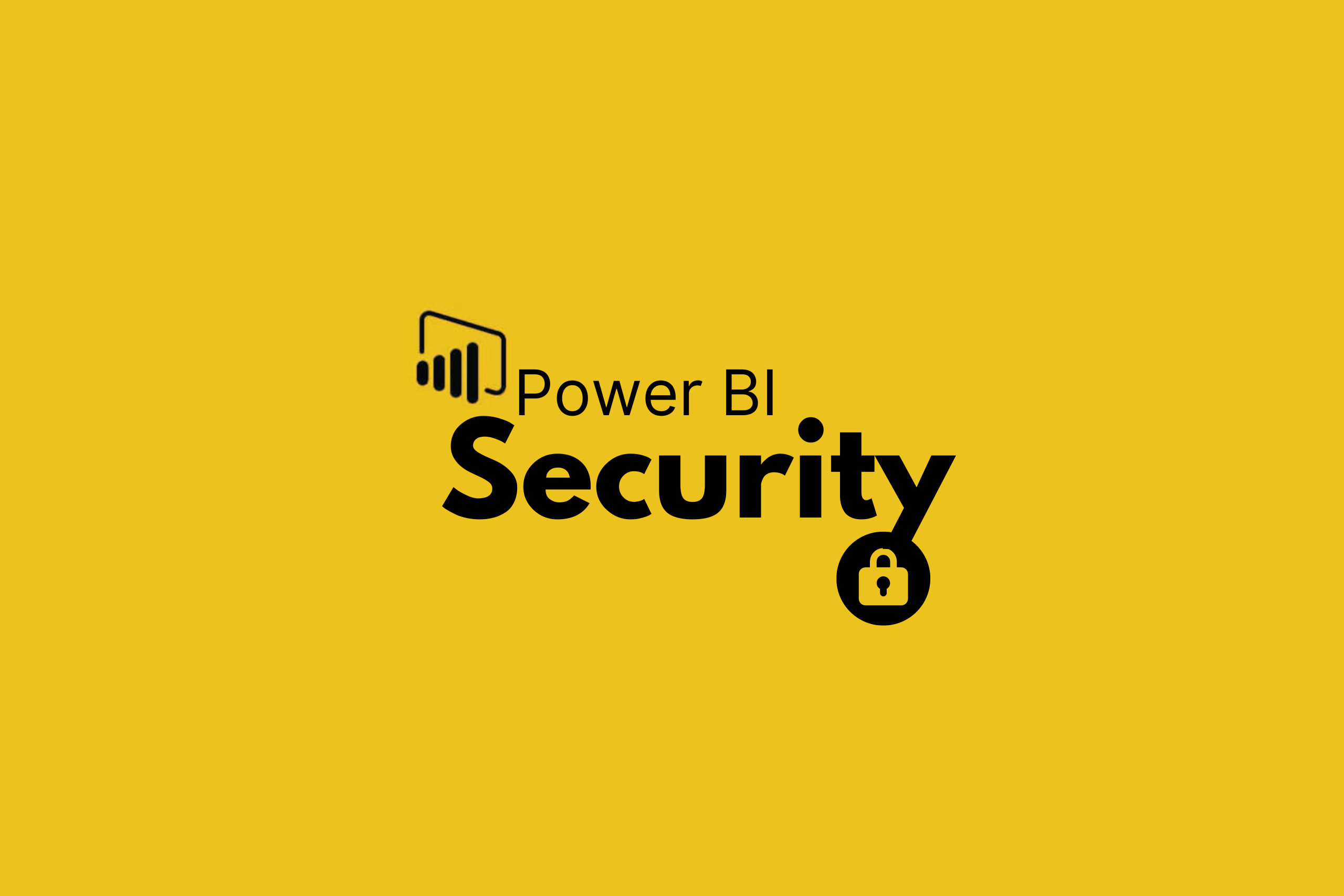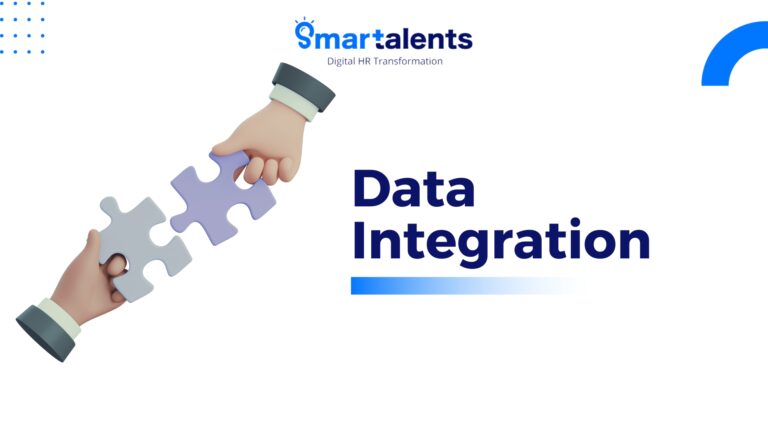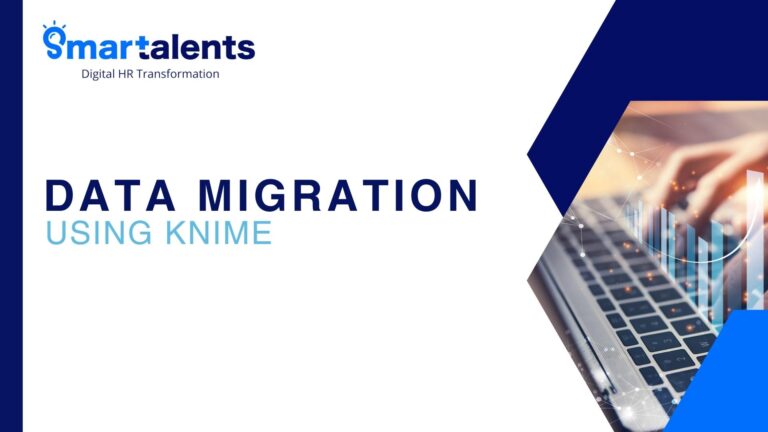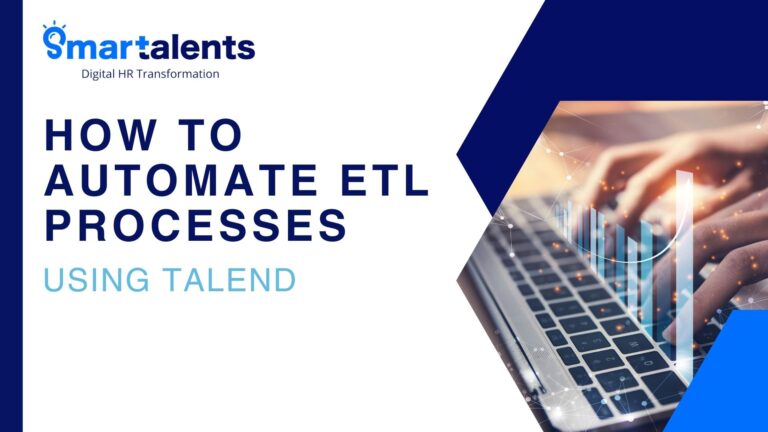Data Security in power BI
Data security is a major concern for any organization using Power BI. Microsoft Power BI offers several features to ensure data security, including:
1- Row-level security (RLS)
RLS is a security feature in Power BI that allows you to restrict data access to specific rows based on the user’s role or permissions. With RLS, you can control access to sensitive data and ensure that users can only see the data that is relevant to them.
- User roles: Power BI allows you to define roles based on job functions, departments, or any other criteria that makes sense for your organization. You can assign users to one or more roles based on their job functions or data access needs.
- Data filters: You can apply data filters to restrict access to specific rows of data based on the user’s role. For example, you can restrict access to data for a specific region or department based on the user’s role.
- Dynamic security: Power BI allows you to create dynamic security rules that can change based on the user’s actions or context. For example, you can restrict access to data based on the user’s location or device.
- Role hierarchy: You can define a role hierarchy to allow users to access data for their own role and all the roles below them in the hierarchy. This simplifies the administration of security rules and ensures that users can access the data they need to perform their job functions.
2- Privacy levels
Power BI Desktop privacy levels allow you to control how data is imported and shared in your reports and dashboards.
- Private: This is the highest level of privacy and it ensures that data from different sources cannot be combined without the user’s permission. When you set the privacy level to “Private“, Power BI Desktop will prevent any cross-filtering, cross-highlighting, or other operations that could combine data from different sources.
- Organizational: This privacy level allows data from different sources within your organization to be combined, but prevents data from external sources or other organizations from being combined.
- Public: This privacy level allows data from all sources to be combined without any restrictions. This is the default privacy level in Power BI Desktop.
- None: This privacy level disables all privacy checks and allows data from different sources to be combined without any restrictions. This is not recommended, as it can lead to data privacy violations and other issues.
3- Private endpoints
Private endpoints is used to securely access Power BI resources from your virtual network over a private link. With private endpoints, you can access Power BI without going over the public internet, which improves the security of your data and reduces the risk of data breaches.
- Secure access: Private endpoints provide a secure way to access Power BI resources from your virtual network without going over the public internet. This reduces the risk of data breaches and ensures that your data remains confidential and secure.
- Private link: Private endpoints use a private link to connect your virtual network to Power BI. This ensures that all traffic between your virtual network and Power BI is encrypted and cannot be intercepted by unauthorized parties.
- Resource access: Private endpoints allow you to access Power BI resources, such as datasets, reports, and dashboards, from your virtual network without exposing them to the public internet.
- Configuration: Private endpoints can be configured to restrict access to specific resources and to specific IP addresses or ranges. This allows you to control who can access your Power BI resources and from where.








